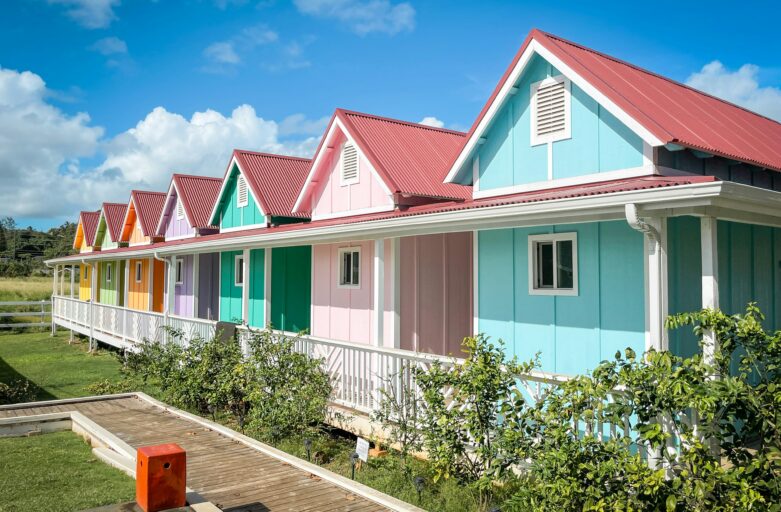Exploring Alternative Housing Options for Seniors
As our population ages, the demand for diverse and innovative senior housing solutions is growing. Traditional facility-based living arrangements, such as nursing homes and assisted living facilities, have long been the go-to options for seniors. However, many older adults today are seeking alternatives that offer greater independence, community, and financial feasibility. In this article, we take a look at some non-facility-based housing options for seniors, including co-living, co-housing, and shared property investments.
Co-Living: Building Community and Reducing Costs
Co-living is a modern housing solution that emphasizes community living, where multiple unrelated individuals share a single home. Each resident typically has a private bedroom while common areas, such as the kitchen, living room, and sometimes bathrooms, are shared. This arrangement can significantly reduce living expenses and foster social connections among seniors.
Benefits of Co-Living for Seniors:
- Affordability: Sharing rent, utility costs and, in some cases, food costs makes co-living an economical option for seniors on a fixed income.
- Social Interaction: Living with others helps combat loneliness and isolation, which are common and serious issues among older adults.
- Support System: Co-living arrangements can provide a built-in support network for daily tasks and companionship.
Co-Housing: Designing Intentional Communities
Co-housing is another innovative approach to senior living. It involves a community of private homes clustered around shared spaces such as a common house, gardens, and recreational areas. Residents actively participate in the planning and management of the community, fostering a sense of belonging and mutual support.
Benefits of Co-Housing for Seniors:
- Community Engagement: Co-housing communities often have shared meals, activities, and decision-making processes that promote active participation.
- Independence with Support: Seniors maintain their independence in private homes while benefiting from communal resources and social networks.
- Safety and Security: Close-knit communities can enhance safety through collective vigilance and shared responsibilities.
Shared Property Investments: A Financially Savvy Choice
Shared property investments involve a group of seniors jointly purchasing a property. This arrangement can include a single-family home, a multi-unit building, or even a small apartment complex. By pooling resources, seniors can afford higher-quality housing and share maintenance and utility costs.
Benefits of Shared Property Investments:
- Financial Efficiency: Joint ownership lowers the individual financial burden and provides access to more and potentially better housing options.
- Customizable Living Arrangements: Seniors can tailor the property to meet their specific needs and preferences.
- Community and Companionship: Similar to co-housing and co-living, shared property investments encourage social interaction and support.
Making the Right Choice
When considering alternative housing options, it’s essential for seniors to assess their personal preferences, financial situation, and desired level of social engagement. Here are some steps to help make an informed decision:
- Evaluate Financial Resources: Understand your budget and explore options that align with your financial capacity.
- Visit Potential Communities: Spend time in co-living or co-housing communities to get a feel for the environment and the people.
- Consult with a Financial Advisor: A financial advisor can help assess the feasibility of shared property investments and other housing options.
- Consider Future Needs: Think about potential health or mobility issues and choose a housing option that can accommodate changing needs.
As the concept of aging evolves, so do the housing options available to seniors. Non-facility-based arrangements like co-living, co-housing, and shared property investments offer promising alternatives to traditional senior living facilities. These innovative solutions provide affordability, community, and support, empowering seniors to live independently and vibrantly in their later years. But more needs to be done, and we need to think outside the box and evaluate additional options.
Don’t forget to check out our offerings in our Shop.
Watch our video here, or watch on our YouTube Channel:
Your questions and comments are always welcome! Contact us to learn more.
Download the article that inspired this post:
